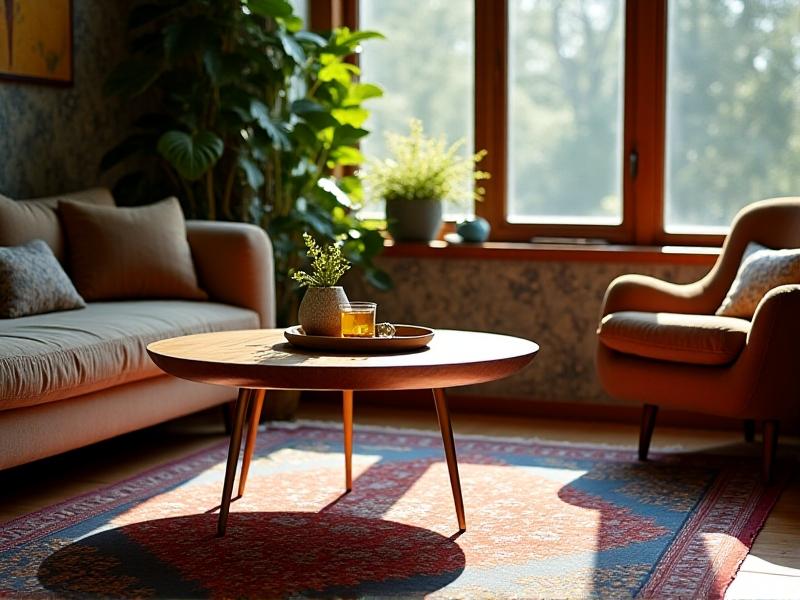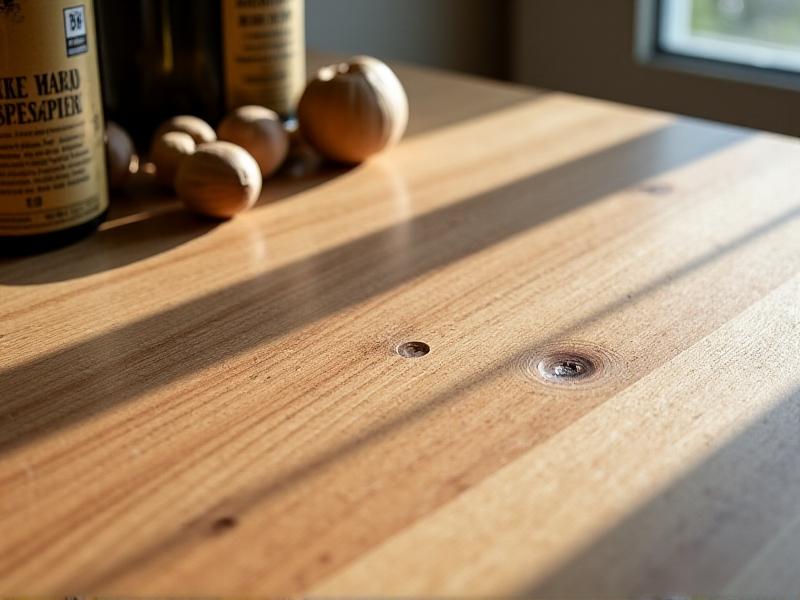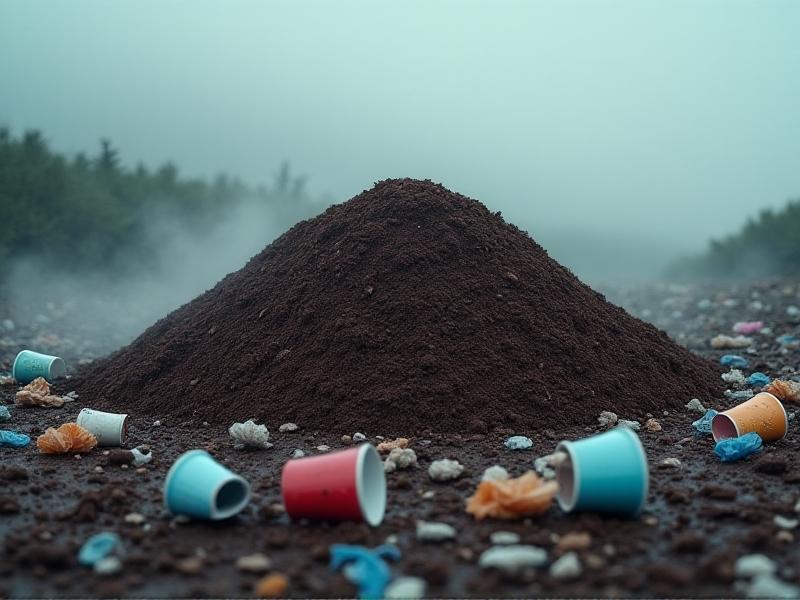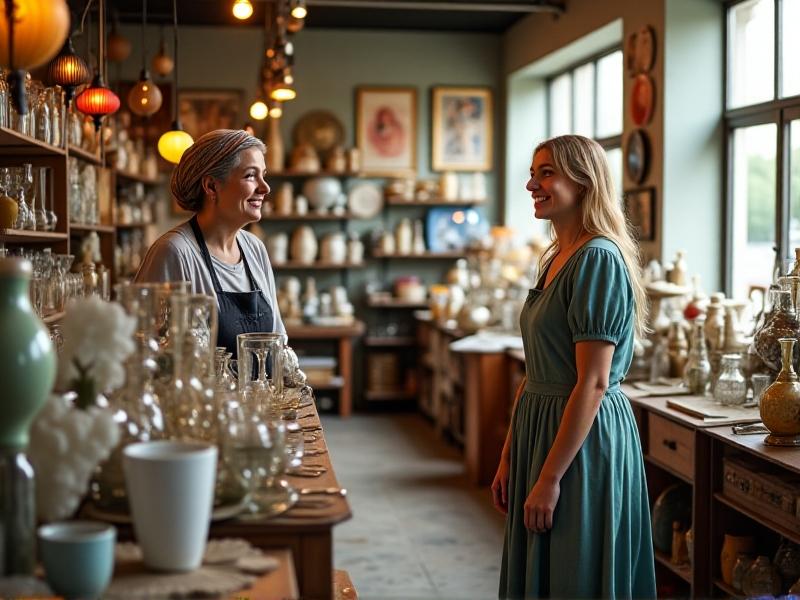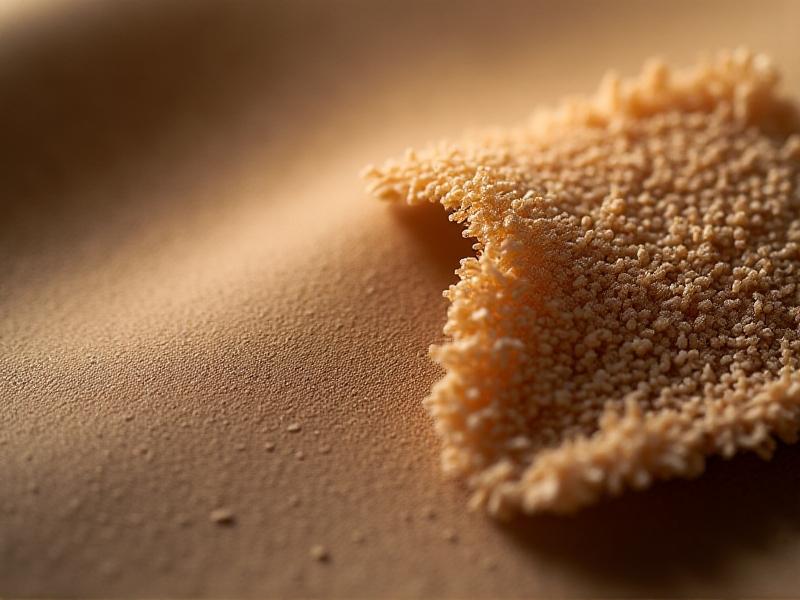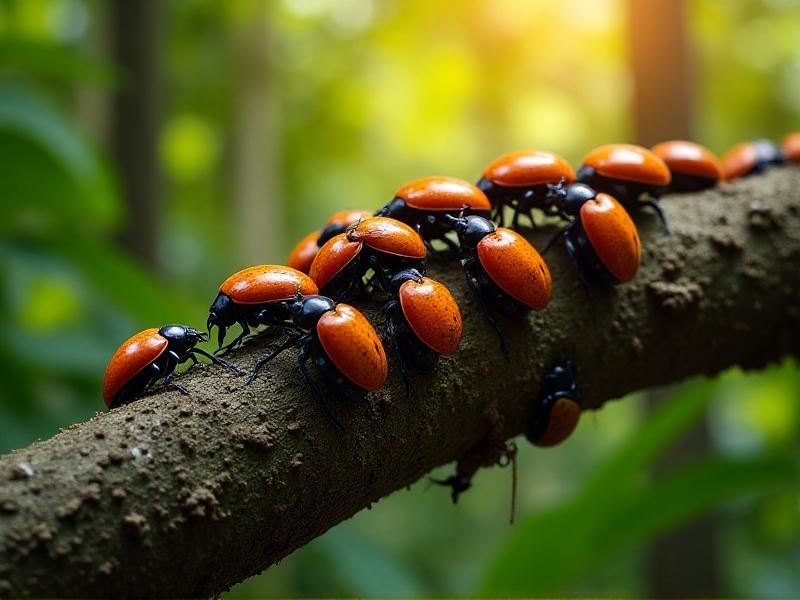Beeswax Brilliance: Natural Polishing for Lasting Protection
The Ancient Legacy of Beeswax: A Timeless Protector
For millennia, beeswax has been revered as a guardian of materials, from ancient Egyptian artifacts to medieval manuscripts. Civilizations recognized its unique ability to repel moisture, prevent decay, and enhance surfaces with a warm, luminous finish. Archaeologists have uncovered beeswax residues in burial sites, where it preserved wooden sarcophagi, and in Roman households, where it sealed clay amphorae. Its enduring presence in history underscores a universal truth: nature’s formulas often outlast human innovation. Unlike modern synthetic alternatives, beeswax carries a legacy of sustainability, bridging the gap between past and present craftsmanship.

The Science of Beeswax: Why It Works as a Natural Protector
Beeswax’s protective prowess lies in its complex chemistry. Composed of over 300 compounds, including esters, fatty acids, and hydrocarbons, it forms a flexible, water-resistant barrier that penetrates porous materials like wood and leather. Its hydrophobic nature repels moisture, while its malleability allows it to expand and contract with temperature changes—preventing cracks. When applied, beeswax fills microscopic gaps, creating a seamless shield that synthetic waxes, often rigid and petroleum-based, cannot replicate. This natural adaptability makes it ideal for preserving antiques, musical instruments, and even modern furniture.

Crafting Your Own Beeswax Polish: Simple DIY Recipes
Creating a beeswax polish at home is both economical and rewarding. A basic blend combines grated beeswax, organic coconut oil, and a few drops of lemon essential oil for fragrance. Melted gently in a double boiler, the mixture solidifies into a creamy balm that nourishes wood while imparting a subtle fragrance. For leather, adding a touch of jojoba oil enhances suppleness. These recipes avoid the toxins found in commercial polishes, offering a safer alternative for households. The process itself becomes a ritual, connecting users to age-old traditions of self-sufficiency.
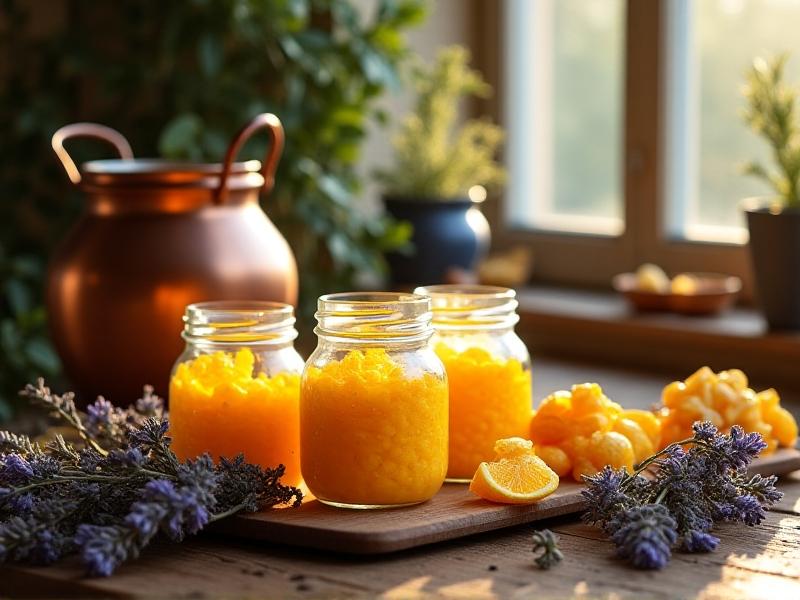
Beeswax vs. Synthetic Polishes: A Healthier Choice for Homes
Conventional polishes often contain volatile organic compounds (VOCs) like toluene and formaldehyde, which emit harmful fumes. Beeswax, however, is non-toxic and biodegradable, making it safer for children, pets, and indoor air quality. While synthetic options may promise a faster shine, they sit atop surfaces as a brittle film, prone to flaking. Beeswax penetrates deeply, offering long-term protection that reduces the need for frequent reapplication. Its natural composition also means it won’t degrade materials over time—a common issue with silicone-based products.

Beeswax and Sustainability: Protecting the Planet One Surface at a Time
Beekeeping for wax production supports biodiverse ecosystems, as healthy hives contribute to pollination and plant growth. Ethical harvesting methods ensure bees are not harmed, aligning with eco-conscious values. Unlike petroleum-based waxes, which rely on fossil fuels, beeswax is renewable and carbon-neutral. Its production leaves minimal environmental footprint, and used polish can compost safely. By choosing beeswax, consumers invest in a circular economy that values ecological balance—a small but impactful step toward mitigating industrial waste.
Mastering Beeswax Application: Tips for Flawless Results
Applying beeswax requires patience. Start with a clean, dry surface, using a lint-free cloth to work the wax in circular motions. Allow it to settle for 10 minutes before buffing with a soft brush to awaken its luster. For wood, moderate heat (like a hairdryer on low) can help the wax penetrate deeper. Avoid overapplication—a thin layer suffices. Regular maintenance, every 3–6 months, preserves the protective layer without buildup. This mindful approach not only enhances durability but also deepens the user’s connection to the object’s materiality.
The Future of Natural Polishes: Innovations in Beeswax Technology
Modern advancements are expanding beeswax’s potential. Researchers are blending it with plant-based oils like candelilla for vegan options, or infusing it with antimicrobial essential oils for added functionality. Bioengineers experiment with nano-emulsions to create sprayable beeswax formulas that retain its protective qualities. These innovations cater to eco-conscious consumers demanding efficiency without ecological compromise. As industries shift toward green chemistry, beeswax stands at the forefront—a testament to nature’s enduring relevance in a tech-driven world.

